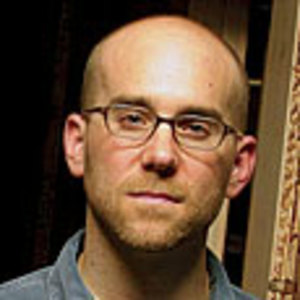The Secret to Perfect Mortise and Tenons
Trim hidden areas to quickly produce a flawless fit
When a mortise and tenon joint comes together with gaps, it is a common misconception that fitting the joint means methodically paring the entire area until all the surfaces match perfectly. But in many cases, wood needs to be removed only from hidden surfaces to allow a joint to close completely. I call this technique undercutting.
Do not mistake undercutting as taking the easy way out; undercutting is part of being a conscientious and concerned woodworker, and about avoiding extra work when it’s unnecessary. Paring the whole shoulder on a tenoned part will shorten the part a little, so if the edges are smooth and straight, undercutting can bring the joint to a perfect fit without creating more problems down the road. By the way, if you undercut a joint and it still needs trimming at the edges, you have less material to remove.
|
|
| Gap-free table legs. Undercutting is an efficient method for improving the fit of a mortise-and-tenon joint. |
First, dry-fit a joint. Then decide if undercutting is the best option, or the entire joint needs trimming. Undercutting can mean a few different things, but it usually involves angled relief cuts on surfaces that are not essential for glue strength. For example, when fitting a mortise and tenon joint, rather than planing the entire shoulder, just chisel out the inner surfaces. In this short article, I’ll show you how.
Trim shoulders to improve the mortise and tenon joint fit
Mortise-and-tenon joints employ two forms of undercutting. The most well known is to make the depth of the mortise greater than the length of the tenon, giving excess glue a place to go and allowing the joint to close. But what if the tenon shoulder still does not fit well? You can spend a lot of time with a chisel or shoulder plane trying to pare a perfect 90° shoulder, or you can quickly undercut it.
Put the workpiece in a vise, tenon up, and use a chisel to pare the end grain in from the edge of the shoulder to the tenon.
|
|
| Undercut tenon shoulders. Use a chisel to cut a slight downward bevel (no more than 1/32 in.) on the tenon shoulder. |
Remember to keep the outermost edge crisp. Undercut enough material for the shoulder to fit, but be careful not to take too much; a 1/32-in. bevel should be more than enough. Do this all the way around the shoulder and you will improve the fit of the joint. The technique is not magic—you still may need to pare the visible edges—but undercutting leaves less area to fit.
|
|
| Carry the bevel around the shoulder. Work your way around the perimeter of the tenon, leaving the outermost edge intact. |
I use this undercutting technique on a wide variety of joints and situations, for more details read my full article on the topic from FWW #193. Over the past few years I have noticed myself employing this method more frequently, and in every situation the result is improved quality in far less time.
Photos: Anissa Kapsales, drawing: John Tetreault
Fine Woodworking Recommended Products

Freud Super Dado Saw Blade Set 8" x 5/8" Bore

Veritas Precision Square

Veritas Standard Wheel Marking Gauge


























Log in or create an account to post a comment.
Sign up Log in